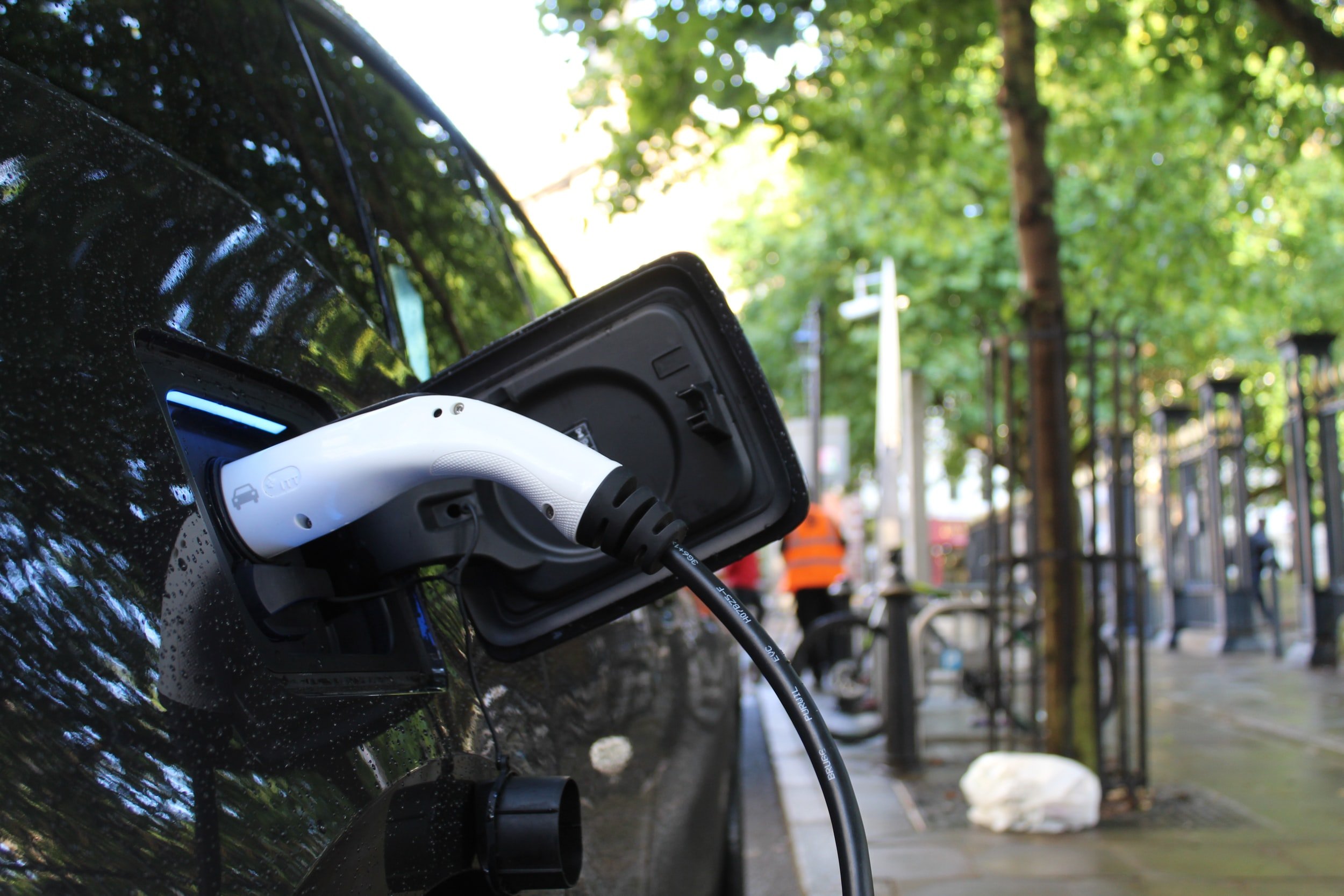107 hours—that is how much time drivers in the U.S. spend looking for a parking space. In Europe, numbers vary between 60 and 90 hours per year. This is not only a colossal waste of time, but it also negatively impacts the environment and causes enormous economic losses. When drivers are unable to find a parking space, 34% resort to either parking their car illegally or canceling their planned activity altogether.
Smart parking can remedy the situation. As a study pitting drivers using smart technology to find their parking space against those relying on sheer luck has shown, those using smart parking systems spent 43 percent less time driving. Innovative parking systems can be employed in a number of different environments, four of which have been outlined below.
Smart Parking Use Case #1: Tourism Destination
While tourism is vitally important for many economies and regions around the world, popular destinations often struggle with an onslaught of visitors during the high seasons. One of the side effects is an increase in traffic, affecting not only a destinations’ popularity among visitors but also severely disrupting inhabitants’ daily lives. Visitor flows need to be steered in a way that tourists can easily find parking spaces at their destination while not decreasing the quality of life for inhabitants.
The German “Tourismus-Agentur Lübecker Bucht” sought to devise a concept that would direct the 1.5 million day visitors per year along the coast efficiently. Those visitors usually head for the parking lots closest to the beaches, which fill up rapidly. Next, drivers will search aimlessly in adjacent parking lots or residential areas, inevitably causing congestion and traffics jams.
To remedy this problem while also lowering CO2 emissions and providing a less stressful environment for residents and tourists alike, the tourism agency together with Cleverciti implemented a parking system to monitor real-time occupancy of parking lots close to a popular beach. This smart parking system allows visitors to find out ahead of time whether there are still parking spaces available and directs them to alternative parking areas if necessary.
Read the full case study here.
Smart Parking Use Case #2: City
With a large number of people relying on personal vehicles in their daily lives, cities often suffer from traffic jams and congestion, many of which are caused by parking search. This not only lowers the quality of life in cities but also impacts the environment negatively, with almost 30% of carbon emissions being caused by parking search traffic. According to research, one car circling around while looking for available parking emits approximately 1.3 kilograms of carbon dioxide.
The city of Cologne, Germany, had a similar problem in one of its liveliest districts with drivers spending large amounts of time on their parking search. Together with Cleverciti, the energy provider RheinEnergie aimed to improve quality of life and reduce emissions in the neighborhood by implementing a smart parking system in Cologne-Nippes.
As part of this system, Cleverciti Sensors monitoring the availability of parking spaces as well as LED display relaying relevant parking information to the drivers were installed. This resulted in previously unused parking spaces now being used optimally, thus providing a valuable service for Cologne’s citizens and generating additional income for the city.
Read the full case study here.
Smart Parking Use Case #3: Office
For corporate campuses that service a large workforce, communication is critical to the effectiveness of a smart parking solution. In many cases, drivers lack accurate guidance that helps them find available parking under time pressure.
EnBW, one of Germany’s biggest energy providers, had a similar problem in its office locations in Stuttgart and Biberach. In both locations, the parking situation was confusing with employees often having to spend valuable time on their parking search. In addition, there was no comprehensive parking data available to support intelligent infrastructure decisions.
Cleverciti developed a comprehensive parking guidance system for both office parking lots, helping to reduce parking search times significantly by providing real-time occupancy data per single parking space that is used to feed into the EnBW parking app. This greatly improves the overall work environment while also saving on working time and reducing harmful vehicle emissions.
Using existing infrastructure to install the Cleverciti Sensors that monitor the parking spaces meant that no extra installation costs were incurred. Cleverciti’s end-to-end solutions also include remote maintenance and other services, meaning that internal administrative efforts are minimized.
Read the full case study here.
Use Case #4: Train Station
Many cities around the world are trying to promote local train services and incentivize citizens to use public transport instead of their personal vehicles in the hopes of reducing traffic and harmful vehicle emissions. Especially in rural areas taking the train to work often includes a short car ride to the train station, which means that parking spaces have to be readily available. However, the challenge lies in finding a parking space at the train station quickly and easily while under time pressure. Unnecessarily long parking search times can be a reason for people not to take public transport at all.
The municipality of Kerken in Germany wanted to tackle this challenge: Its proximity to major cities meant that many inhabitants commuted to work daily but found it difficult to find available parking spaces ahead of their train journey.
Municipality officials worked together with Cleverciti to remedy the situation, implementing a comprehensive parking service that supplies drivers with accurate information regarding the availability of parking spaces ahead of time and diverting them to alternative parking should their initial destination be fully occupied.
To that end, Cleverciti Sensors were installed on several lampposts, some of which had to be equipped with battery-powered solutions to provide electricity 24/7. These sensors monitor the parking area and provide accurate information about the availability of parking spaces.
Read the full case study here.
Want to know more about our smart parking solutions? Click the button below and schedule a demo with one of our smart parking experts directly.

























